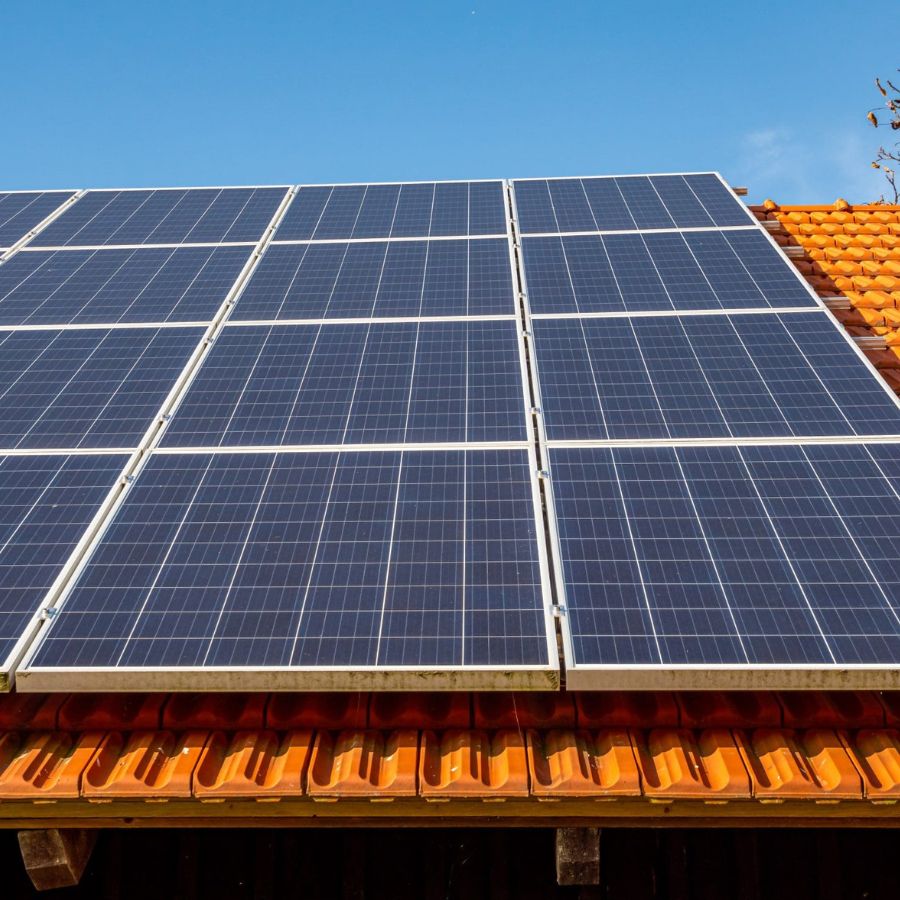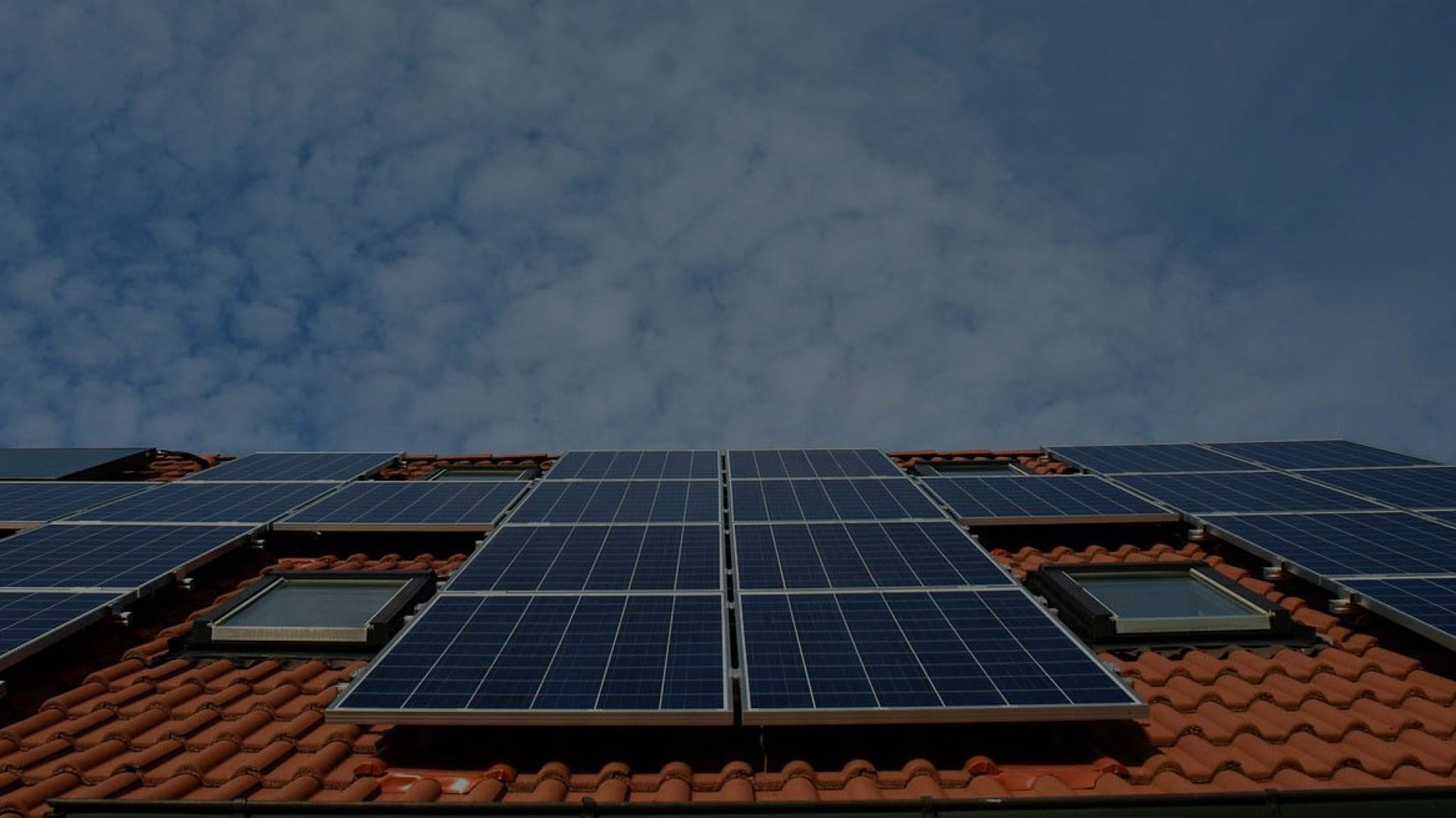The sun is the most abundant energy source available to us on Earth. With the growing need for renewable energy, understanding how to harness this resource efficiently is essential. The most significant factor when considering solar power is understanding peak sun hours. So, let’s get started.
What are Peak Sun Hours?
Peak sun hours are not merely the number of daylight hours. Instead, they refer to the total hours solar radiation (or solar irradiance) provides an average of 1,000 watts per square meter.
It is a standard measure that simplifies the intricate calculations for solar power installations.
Besides, it’s not about how many hours the sun is up but how many hours the sun’s energy is at its most potent for harnessing.
The Importance of Peak Sun Hours to Solar Panels
Peak sun hours play a pivotal role in determining the efficiency of solar panels. Unlike regular daylight hours, peak sun hours signify periods when the sun’s energy is at its zenith, providing an average of 1,000 watts per square meter.
These hours are crucial for solar panels because they represent the optimal window for maximum energy conversion.
A region with more peak sun hours can produce more energy outputs than one with fewer, even if both receive the same total hours of daylight.
Thus, comprehending the average peak sun hours of a location becomes essential for those considering a solar installation.
It aids in predicting the panel’s performance, potential energy output, and return on investment, ensuring optimal harnessing of the peak sun for sustainable energy generation.
Determining Peak Sun Hours
Solar Radiation and Solar Irradiance
Solar rays encompass all the electromagnetic radiation emitted by the sun. However, only a fraction of this radiation gets to the Earth’s surface.
Solar irradiance is the power received per unit area, usually expressed in watts per square meter (W/m^2). When this irradiance averages 1,000 W/m^2 over an hour, it equals one peak sun hour.
Tools and Organizations
Various tools and organizations like the National Renewable Energy Laboratory offer valuable resources for determining peak sunlight hours.
They provide peak sun-hours maps that show the average peak sunlight hours for different regions. These maps are essential tools for those looking to invest in solar power.
How to Calculate Peak Sun Hours
Understanding peak sunlight hours is fundamental for effective planning and operation of solar installations. Calculating this metric involves several methods and tools:
1. Direct Sunlight Measurement: We can directly measure the amount of solar energy received at a specific location using solar radiometers or pyranometers.
These devices register solar irradiance, and when this measure reaches an average of 1,000 watts per square meter over an hour, it equates to one peak sun hour.
2. Solar Databases and Tools: Numerous online databases and tools have aggregated data globally, presenting average peak sun hours for various locations.
These databases typically draw from years of collected data, offering reliable averages for different regions.
3. Historical Data: Analyzing historical weather and sunlight data provides insights into the seasonal and yearly variations in solar irradiance.
By aggregating this data, one can predict and calculate the peak sun hour for specific periods.
4. Peak Sun Hours Maps: Several organizations provide maps visually representing average peak sun hours for regions worldwide.
These maps simplify the process, offering a quick reference for determining peak solar potential.
By leveraging these methods, individuals and businesses can accurately gauge the solar potential of a location, optimizing their solar investments.
Factors That Affect Peak Sun Hours

Efficiently harnessing solar energy involves understanding the various factors influencing the peak sun hours a location receives.
Numerous external factors determine the amount of solar rays a solar installation captures daily. Furthermore, these can cause the peak sun hours to vary significantly.
Here’s a deeper dive into these influential elements:
Geographical Location
The Earth’s position relative to the sun plays a role in determining the number of peak sun hours. Equatorial regions, being closer to the sun, typically experience more direct sunlight, resulting in higher peak sun hours.
In contrast, areas further from the equator, especially towards the poles, have fewer peak sun hours due to the oblique angle at which the sunlight strikes.
Seasonal Variations
As the Earth orbits the sun, its tilt causes different regions to face the sun more directly during various times of the year.
Moreover, it means that while a location might have a high number of peak sun hours during summer, it could experience a drop during winter.
As such, the total peak sun hours can vary seasonally, making certain times of the year more favorable for solar energy harnessing than others.
Time of Day and Solar Noon
Solar intensity is not uniform throughout the day. The period around solar noon, when the sun is at its highest point in the sky, typically witnesses the peak solar intensity. Besides, this is often the golden hour for solar energy capture. As the sun rises and sets, the angle of its rays changes, resulting in diminished solar intensity during mornings and evenings. Therefore, not all daylight hours can be the peak sun hour.
Obstructions and Shade
The environment around a solar installation significantly impacts how much sunlight the solar panels receive.
Buildings, trees, or other obstructions can cast shadows, which results in reduced solar radiation on the panels. Even brief periods of shade can affect the average solar radiation panels receive over a day.
Weather and Atmospheric Conditions
Cloud cover, atmospheric dust, and pollution can all scatter or block sunlight, reducing its intensity by the time it reaches the Earth’s surface. On cloudy or overcast days, the peak sun intensity might be much lower, leading to fewer peak sun hours even during the most favorable times of the day.
Solar Panel Orientation and Tilt – The way solar panel installation happens— their orientation towards the sun and the angle of tilt— can influence how much solar radiation they capture.
Properly angled solar panels tend to capture the average peak sun hour more effectively than fixed-position solar panels, especially those that can track the sun’s movement.
Reflectivity and Albedo
The Earth’s surface can reflect sunlight. Surfaces with high albedo, like snowy terrains, can reflect significant sunlight. It potentially impacts the direct solar radiation the solar panels in such regions might receive.
In conclusion, while the sun is a consistent powerhouse, the peak sun hours a location receives can be influenced by a myriad of factors.
By understanding these factors, one can make informed decisions about solar installations, ensuring the solar panels are in a good position and maintained to capture the maximum average peak sun hours possible.
Time of Day
Not all daylight hours have the same solar intensity. Midday, when the sun is highest, typically sees the peak sun intensity, leading to the most optimal conditions for solar power generation.
Understanding and tracking these times can help in maximizing the efficiency of a solar power system.
Cloud cover, pollution, and atmospheric conditions can reduce solar insolation.
A location might experience lower peak sun hours due to these factors, even on long summer days.
Maximizing Solar Panel Efficiency Through Understanding Peak Sun Hours
To harness the full potential of solar energy, comprehending the intricacies of peak sun hours is vital. This knowledge can guide strategic planning, ensuring solar installations perform at optimum.
Solar Panel Technology and Peak Sun Hours
The technology behind solar panels has been rapidly evolving. While the fundamental principle remains the conversion of sunlight into electricity, the efficiency at which different solar panels achieve this can vary.
High-efficiency solar panels can capture and convert sunlight even during lower peak sun hours, making them ideal for areas where peak sun hours are less consistent. The goal is to ensure for every square meter of a panel, there is harnessing maximum energy.
The Global Variation of Peak Sun Hours
As we traverse the globe, peak sun hours vary drastically from one location to another. Equatorial regions often benefit from more peak sun-hours with their consistent sunlight.
In contrast, regions closer to the poles or those with prolonged periods of cloud cover may experience fewer hours. Understanding these global variations is crucial for businesses or entities looking to set up expansive solar farms or governments aiming to invest in national solar systems.
Designing Solar Systems Around Peak Sun Hours
When setting up a solar system, the design phase is pivotal. It is not just about choosing the right panels but also about understanding the peak sun hours of the installation site. A solar system should be in such a way that it captures the peak sun at its zenith.
Again, this might involve using tracking systems that follow the sun or angling panels in a way that maximizes exposure during peak sunlight times. A well-designed solar power system can efficiently harness energy even in areas where peak sun hours vary.
The Economic Implications of Peak Sun Hours
Economic feasibility is a significant consideration for solar installations. Areas with more peak sun hours are often more economically viable as the return on investment is quicker.
Conversely, regions with fluctuating or fewer peak sun hours might require more advanced technology, like battery storage systems, to ensure a consistent energy supply, adding to the initial investment.
Thus, understanding the average and peak sun hour metrics can influence economic decisions related to solar energy projects.
The Future of Solar: Adapting to Changing Peak Sun Hours
As the climate changes, the distribution and consistency of peak sun hours across the globe may shift.
It could result in previously ideal locations for solar farms becoming less optimal and vice-versa. Staying informed and adapting to these changes will be crucial for the future of the solar energy industry.
Bottom Line
As global challenges mount, from climate change to dwindling fossil fuel reserves, solar power emerges as a beacon of sustainable hope. Its foundation lies in harnessing the sun’s immense energy, a source that promises abundance and longevity.
By understanding intricacies like peak sun hours, we refine our approach to harnessing this energy, ensuring maximum efficiency.
The transition to solar represents an evolution in energy production and a societal shift towards sustainability. Every solar panel installed signifies a step away from exhaustible resources and a move towards a cleaner, more resilient energy matrix.
Embracing solar power is not merely an economic or environmental decision; it is a commitment to a brighter, more sustainable future for all. As we renew our energy sources, we simultaneously renew our pledge to future generations.

